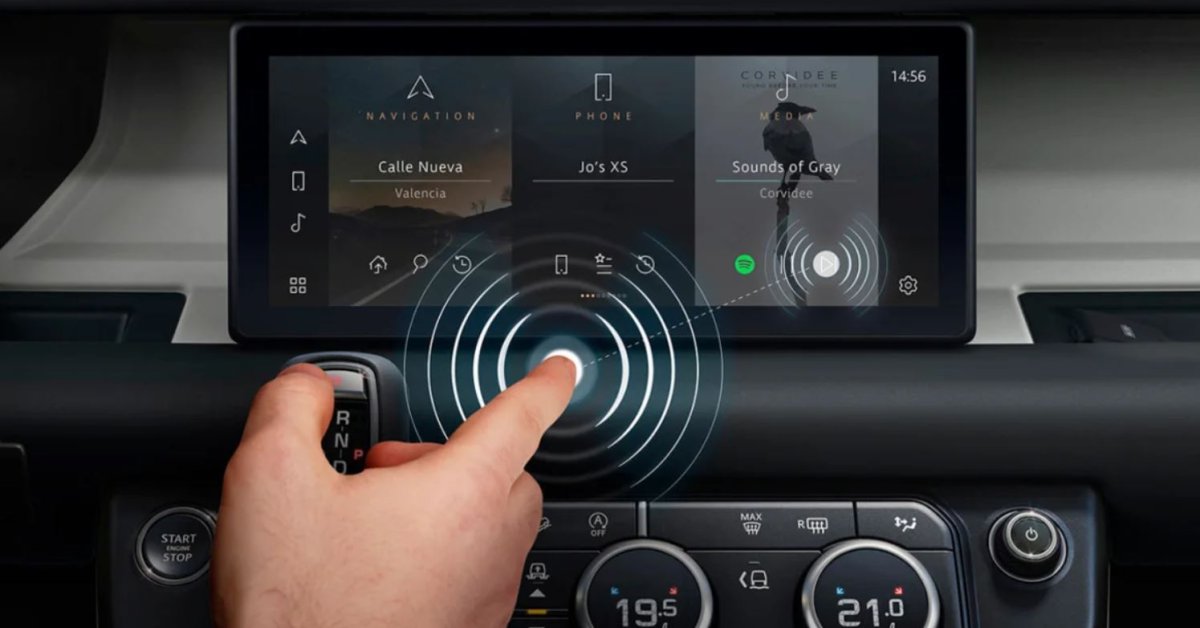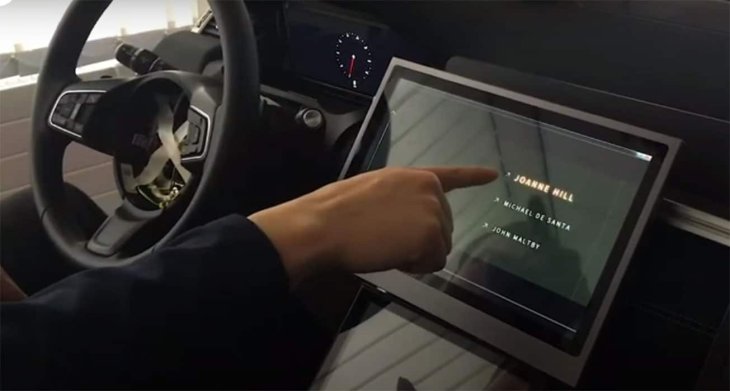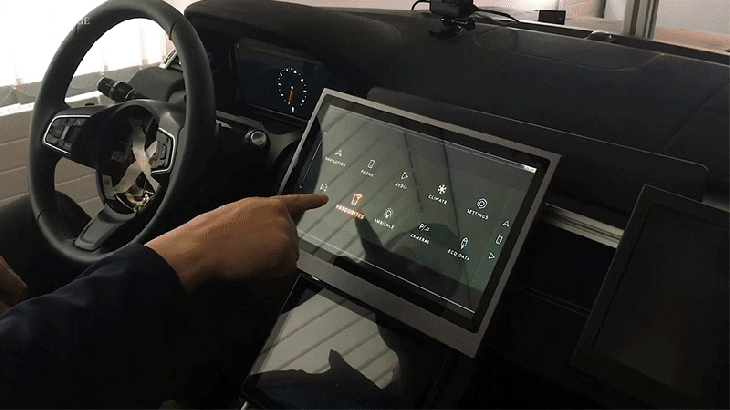Ultimate Social Distancing Solution: Touchless Screen So You Won't Catch The Virus From Other People
Dhir Acharya - Jul 27, 2020

This touchscreen doesn't require you to actually touch it to know what you want to tap on. It will predict it and operate as you wish.
- What Are The Fastest Passenger Vehicles Ever Created?
- This Dragonfly Plane Eliminates The Disadvantage Of Current Aircraft
- This New 'Origami' Microchip Is 100 Times Faster Than Current Ones
Researchers from the University of Cambridge have made a touchscreen interface that doesn’t require users to actually tap on it. The creation is a perfect solution to our current problem of touching surfaces that can fuel the COVID-19 pandemic.
Touchscreens have been used in vehicles for many years now, from aftermarket GPS navigation devices attached to the windshield as well as fancy aftermarket stereo upgrades featuring retractable screens. Over the past few years, companies like Tesla have contributed to the addition of dials and knobs to these touchscreens. Thanks to this, drivers have got more control over the vehicle from one place.

However, unlike physical dials and knobs, a touchscreen requires drivers to look or at least take a glance at it when in use. Besides, it’s not always easy to tap on an icon accurately if you just look at it momentarily because of the screen angle, the shaking of the display due to a bumpy road, etc. Despite these problems, touchscreens have become an essential part of the car and won’t likely disappear.
The good news is, researchers have come up with an approach to resolve this issue once and for all. In collaboration with Jaguar Land Rover, the research team from the University of Cambridge has developed a new technology called “predictive touch,” using a host of data to figure out what the user wants to tap on before their finger really touches the screen.

The technology involves a gesture tracker that relies on RS-based sensors to determine the trajectory and position of the user’s hand and fingers, as well as the contextual info like the app currently in use or real-time environmental conditions. It can also use other sensors in the vehicle like eye-gaze trackers to predict more accurately.
The researchers tested this technology in controlled environments with driving simulators and in-car trials in the real world. They found that the technology decreased the interaction time between the driver and the touchscreen by half. Not just in cars, the tech can also help you better text and send messages when you’re walking. It can be applied at airports and ATM machines where people often check-in online and tap on touchscreens to make transactions. This is not only futuristic but will be really practical as we are fighting COVID-19 and even after the pandemic is gone when the world had adapted to new behaviors in public places.
>>> What Sensors Make Your Smartphone Great And What Do They Do?
Featured Stories

Features - Jul 01, 2025
What Are The Fastest Passenger Vehicles Ever Created?

Features - Jun 25, 2025
Japan Hydrogen Breakthrough: Scientists Crack the Clean Energy Code with...

ICT News - Jun 25, 2025
AI Intimidation Tactics: CEOs Turn Flawed Technology Into Employee Fear Machine

Review - Jun 25, 2025
Windows 11 Problems: Is Microsoft's "Best" OS Actually Getting Worse?

Features - Jun 22, 2025
Telegram Founder Pavel Durov Plans to Split $14 Billion Fortune Among 106 Children

ICT News - Jun 22, 2025
Neuralink Telepathy Chip Enables Quadriplegic Rob Greiner to Control Games with...

Features - Jun 21, 2025
This Over $100 Bottle Has Nothing But Fresh Air Inside

Features - Jun 18, 2025
Best Mobile VPN Apps for Gaming 2025: Complete Guide

Features - Jun 18, 2025
A Math Formula Tells Us How Long Everything Will Live

Features - Jun 16, 2025
Comments
Sort by Newest | Popular